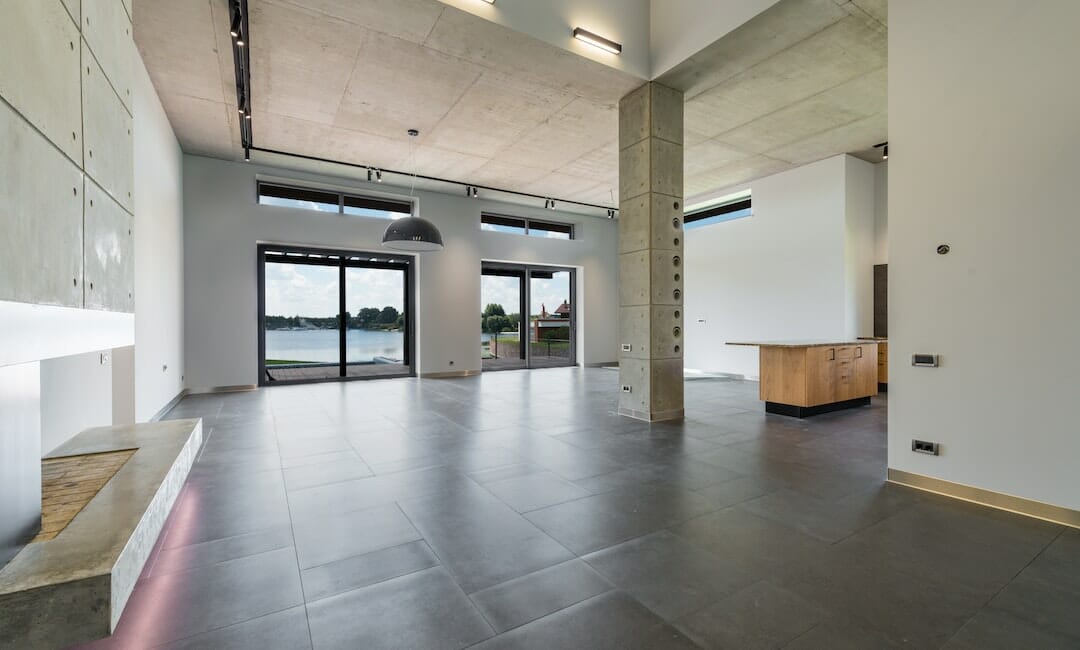Are you looking to invest in an HMO property in the UK? When done right, buying an HMO property can be a lucrative investment. Before going ahead, it’s important to understand precisely what you are getting into and how HMO properties differ from other types of residential investments. In this article, we will look at exactly what an HMO property is, how to buy an HMO property, and other important factors to help you decide if it is the right type of investment for you.
What is an HMO property?
An HMO or House in Multiple Occupation properties describes rental properties shared by three or more people who are not from the same family or household. In HMO properties, each tenant typically has a private bedroom, but they may share common areas such as a kitchen, living room, and bathroom. HMO properties can include houses, flats, and even buildings converted into multiple units.
In many countries, including the UK, HMO properties are subject to specific regulations to ensure the safety and well-being of the tenants. Landlords of HMO properties are required to obtain licenses, meet certain safety standards, and adhere to specific management and maintenance requirements. These regulations are in place to ensure that HMO properties provide safe and habitable living conditions for all tenants.
What is classed as an HMO property?
In the UK, a property can be considered an HMO if it meets the following criteria:
- It is rented to three or more tenants who form two or more households.
- The tenants share basic amenities such as a kitchen or a bathroom.
- The property is the tenant’s main residence, meaning it is where they live most of the time.
- The tenants pay rent for the property.
Under UK law, HMO properties are subject to specific regulations to ensure tenants’ safety and well-being. In England, for example, any property that meets the above criteria and is occupied by five or more tenants from two or more households must be licensed by the local authority.
In addition, there are specific rules about the size and layout of HMO properties, the number of bathroom and kitchen facilities that must be provided, and the fire safety measures that must be in place. These regulations are intended to ensure that HMO properties provide safe and habitable living conditions for all tenants.
In the UK, you can check if a property has an HMO licence by contacting the local council of the area where the property is located. The local council will maintain a public register of all licensed HMOs within its boundaries, and they should be able to tell you whether a particular property is licensed.
When you contact the local council, be prepared to provide them with the property address you are interested in. They may also ask for additional information to verify your identity and relationship to the property (e.g. if you are the landlord, a prospective tenant, or interested in buying the property).
If the property is licensed, the council should be able to provide you with a copy of the licence or confirm the licence number and expiry date. If the property is not licensed, they may be able to provide you with information on why the property is not licensed and what steps are being taken to bring it into compliance with HMO regulations.

Is there a minimum bedroom size for HMO properties?
The minimum bedroom size for an HMO property will depend on both the number of occupants and the local authority’s guidelines. However, some general guidelines apply to all HMO properties.
In England, any bedroom used by one adult in an HMO must be at least 6.51 square meters. If two adults use the bedroom, it must be at least 10.22 square meters. The minimum bedroom size for children under ten is 4.64 square meters.
In Scotland, the minimum size for a bedroom in an HMO is 6.51 square meters for one adult and 10.22 square meters for two adults.
In Wales, the minimum size for a bedroom in an HMO is 4.64 square meters for one person and 10.22 square meters for two people.
It’s important to note that these are the minimum sizes for a bedroom in an HMO property, and some local authorities may have guidelines requiring larger bedrooms. Landlords should also consider the needs of their tenants and ensure that each bedroom provides adequate space and comfort.
How to buy an HMO property
Buying an HMO property is quite similar to buying any other type of residential or buy-to-let property. However, there are some additional factors to consider. Here are some steps to help guide you through the process:
- Determine your budget: Before you start looking for HMO properties, determine your budget and how much you can afford to spend on a property. You may also want to consider the costs of any necessary renovations or upgrades to bring the property up to HMO regulations.
- Research the HMO market in the area where you are looking to buy. Look at property listings, talk to local estate agents, and search online to understand which properties are available and what they are selling for.
- Consider the location: The location of the HMO property is important to consider, as it can affect the types of tenants you attract and the rental income you can generate. Look for properties in areas with good transport links, close to amenities and within commuting distance to local business hubs.
- Get a survey: Before making an offer on any property, it’s a good idea to have a survey done to identify any potential problems or issues that may need to be addressed. This can help you make an informed decision about whether the property is a good investment.
- Check the HMO regulations: Make sure that the property meets all the HMO regulations and that you are prepared to manage the property in compliance with the rules. You may also want to check with the local council to see if any upcoming changes to the regulations may affect your investment.
- Arranging finance: Secure financing for your HMO property purchase. This may include a mortgage, a buy-to-let loan or other financing products such as a bridging loan.
- Complete the purchase: Once you have found a suitable HMO property and secured financing, you can make an offer and complete the purchase. Managing an HMO property requires time, effort, and attention to regulations, so it may be worthwhile to engage a property management company to help you manage the property effectively.

Can I buy an HMO property to live in?
Yes, it is entirely possible to buy an HMO property and live in it as a live-in landlord. It is also possible to purchase an HMO property and convert it to a residential dwelling for you and your family. Although planning permission is not usually required to convert an HMO back to residential, we would advise contacting your council’s planning department first to see if they need you to apply for planning.
Whether planning is required or not will be determined by the amount of work needed to convert it back to a single-family occupancy home. In many cases where the work required is internal and won’t change the properties’ appearance, you won’t need planning permission to carry out any work.
In reality, if an HMO property is unoccupied then you don’t need a licence. Planning permission would only be needed in some circumstances.
Are HMO properties a good investment
HMO properties can be a lucrative investment. Determining whether a particular property is a good investment depends on various factors, including your investment goals, financial situation, and local demand.
HMO properties can generate higher rental yields than traditional buy-to-let properties. This is because multiple tenants share the property, so the rental income is typically higher. In addition, HMO properties can offer a diversified income stream, as the vacancy risk is spread across multiple tenants.
However, you should also consider that HMO properties require more management and maintenance than traditional buy-to-let properties. There are more tenants to manage and the property may require additional safety measures to comply with HMO regulations. HMO properties can also be subject to a higher turnover of tenants, which may increase the time and cost of finding new tenants and managing the property.
Before investing in an HMO, conducting thorough research and due diligence is important. Consider factors such as the local demand for HMO properties, competition in the local market, property management and maintenance costs, as well as potential rental income and yields. It’s also important to work with a qualified real estate agent or investment advisor who can help you assess the risks and benefits of investing in HMO properties.

Can I buy an HMO with a bridging loan?
It is possible to use a bridging loan to purchase an HMO, but it will depend on several factors, such as your financial situation, the terms of the bridging loan, and the specific requirements of the HMO.
When buying an HMO, a bridging loan can be used for various purposes, including buying a property at an auction, where speed is of the essence or if the property is unmortgageable and requires renovation and development.
HMOs can be a lucrative investment, but they come with their own regulations and requirements that you must comply with. Depending on the lender, they may have specific criteria that you need to meet to use a bridging loan to purchase an HMO.
A bridging loan provider such as Novellus will consider your ability to repay the bridging loan and your exit strategy. The exit strategy is how you plan to pay off the bridging loan. It could be refinancing to a buy-to-let mortgage or selling the property.
Conclusion
Buying an HMO property in the UK can be a complex but rewarding process. With the right research, planning, and assistance, it can be a profitable investment opportunity. By working with experienced professionals and making sure that your property meets all the necessary regulations, you can ensure your HMO property is ready to let as soon as possible.
If you are interested in purchasing an HMO with the use of a bridging loan, we recommend speaking with one of our advisors, who will be able to discuss your specific requirements.


